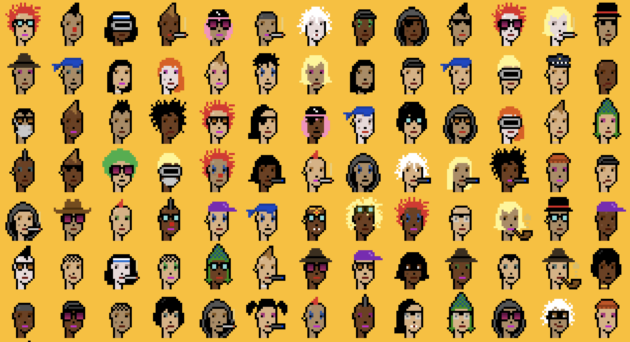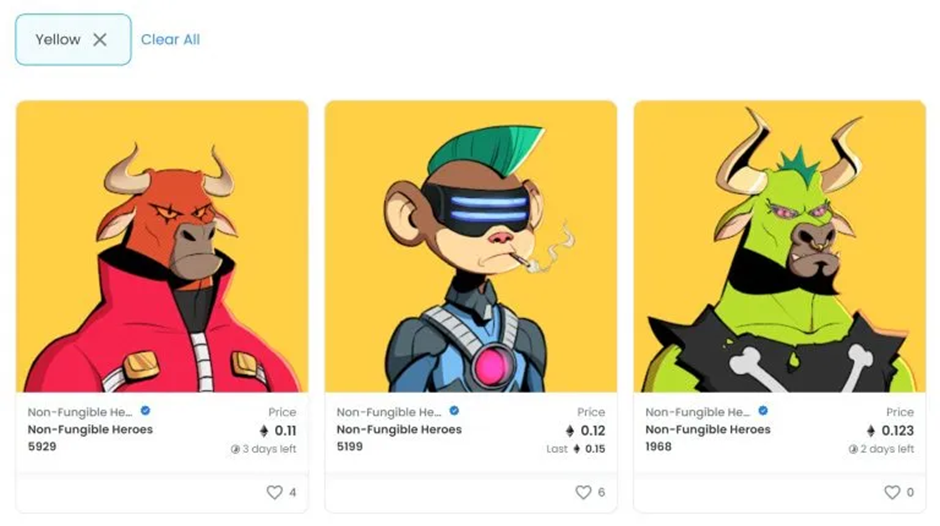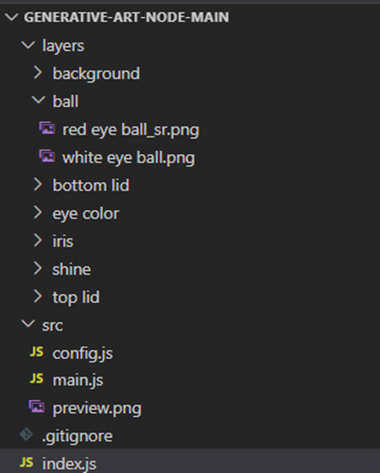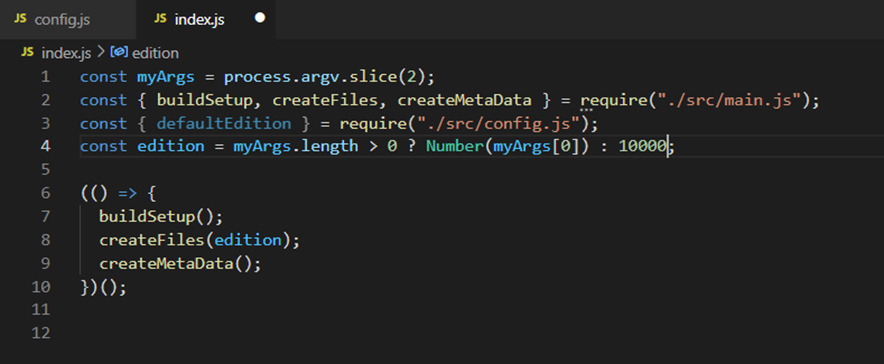NFTs or Non Fungible Tokens have become the mainstay of the digital asset investment community. Their unique features, differentiate them from all the other digital collectibles. Each NFT artwork has its own set of items or avatars, each with its rarity grade. As the NFT space grows in popularity among investors and artists, here's a guide on how to launch your own 10K NFT project.
What is a 10K NFT collection?
Like all NFTs, these are original works of art with unique designs of a perk or avatars for characters (like animals, a cartoon) or anything creative the collection is based on. These avatars or elements have specific traits like signs, symbols, details, and other attributes. It is these unique traits that make some NFTs more intriguing and valuable than others.
So what does 10K imply? It refers to the total population of an NFT collection. These 10,000 tokens are all unique and cannot be reproduced. The first-ever 10K collection was introduced in 2017, called Crypto Punks which recorded $2.61 billion in trade.

Elements that go into making a 10K NFT collection
Before we elaborate on the process of creating an NFT collection, let’s look at a few essentials required:
- Creative concept - trait, rarity, design, medium, and like.
- An artwork design tool
- Code to generate 10,000 images
- A smart contract
What are traits and why are they important?
Rare traits add to the value of the NFT collection. In an NFT collection traits are characteristics, attributes, or categories that distinguish each NFT artwork. These characteristics, which can be in the form of facial expressions, clothing, accessories, or backgrounds, add an extra layer to the design.
The creator decides how many traits an NFT collection should have. The popular Crypto Punks has more than 10 NFT traits and The Doggies, Snoop Dogg's NFT collection was created with 150+ traits Adding more traits increases the design's complexity.

For example, the yellow background in the image above is a trait of this collection
The rarity factor
Rarity influences the value of an NFT collection because rare NFTs are more valuable and cause one project to be more valuable than another. The rarity of an NFT collection is determined by its NFT rarity ranking. Needless to say, distinct characteristics have a high rarity rating. When calculating NFT rarity ranking the uniqueness of all traits is taken into account.
How to create a 10K NFT collection?
The Creative Process
The most important stage in the creative process is identifying a core creative concept that is unique, engaging, and perky. One can draw cartoon characters, bored wolves, or dancing men, the possibilities are endless.
It is the creator’s choice to work on a static or animated frame, or a mix of both, with 2D or 3D avatars. Examples- profile picture art collections such as Crypto Punks, Cool Cats, or Star Catchers created with photo editing software like Adobe Photoshop, Illustrator, or Canva.
Next in the process comes working on the traits of the main character. Customize by adding unique traits to them.
Depending on the application in use, it is advisable to create a traits library for the collection after identifying and validating them. It may have all the traits that go together in combination. This library will act as a reference while working on the collection.
The Collection Size
The formula to help determine the collection size based on layers and traits is:
Layers * Traits = Collection Size
For example- there are 5 base layers, 5 eye sets, 4 hats, 5 mouth shapes, 5 glass styles, and 4 shirts. The collection size would be 10K.
5 Bases * 5 Eyes * 4 Hats * 4 Shirts * 5 Mouths * 5 Glasses = 10K
Setting for rarities is the final step in the creative process. It allows for greater differentiation between the items of the collection, without increasing collection size. Each trait can be assigned a rarity percentage, which governs its appearance.
The Algorithmic Generation
Unless it's a business niche, manually creating 10,000 NFTs could potentially become a difficult and daunting task. The process can be made easier by using an algorithm to generate them aided by Node.js, Visual Studio Code, and a zip file by HashLips from Github.
Basic steps to follow while generating 10K NFTs using code:
- Download Node.js and Visual Studio Code. Node.js is an open-source server environment that lets you run JavaScript on the server. Visual Studio Code is a source code editor developed by Microsoft with debugging, syntax highlighting, intelligent code completion, snippets, and code refactoring.
- Get art generator code from Github. Download the zip and extract it into your system.
- Open this code in Visual Studio Code. Download the dependencies (Truffle) using the terminal, by running the command
npm install all. - In the input folder add your base and traits as shown in the image.

- Alter the layer values and IDs according to the design in the config.js file present in the input folder.
- To change the collection size to 10K, alter the edition numbers in the index.js source file, which can be found here.

- Finally, run the code using node index.js.
To learn more about algorithmic generation, you can refer to this video. Once done with the generation of NFTs, remove duplicates, if any.
The Smart Contract
Smart contracts are required to govern the royalty structure and to keep the NFT collection operational, even if the NFT Marketplace fails. Furthermore, smart contracts help generate an NFT item with its unique characteristics, allowing buyers to exclusively mint an NFT token directly to their wallets. They can also be in charge of token distribution and spread within wallets.
Smart contracts can be created using Visual Studio Code, Node.js, and Github code. Within the contract is code that says, if someone sends an X (NFT sale price) amount of crypto, then run the code that randomly selects the traits based on their percent. The traits are spit out by the smart contract, the images overlay to create the final image which is logged to IPFS. The ownership of that image, aka Non-Fungible Token, is logged on the blockchain and is transferred from the creator to the address of the buyer's wallet. Once the process is complete the image appears in the buyer's wallet.
To set up a smart contract, you can refer to this video.
NFT Collection Drop
For the NFT collection drop, creators can have their Web3 compliant website or can choose to launch their 10K NFT collection using the NFT marketplaces like Bandit, which is a community-driven decentralized Initial NFT Offering (INO) platform where creators can share their NFT collections with a wider Web3 community.